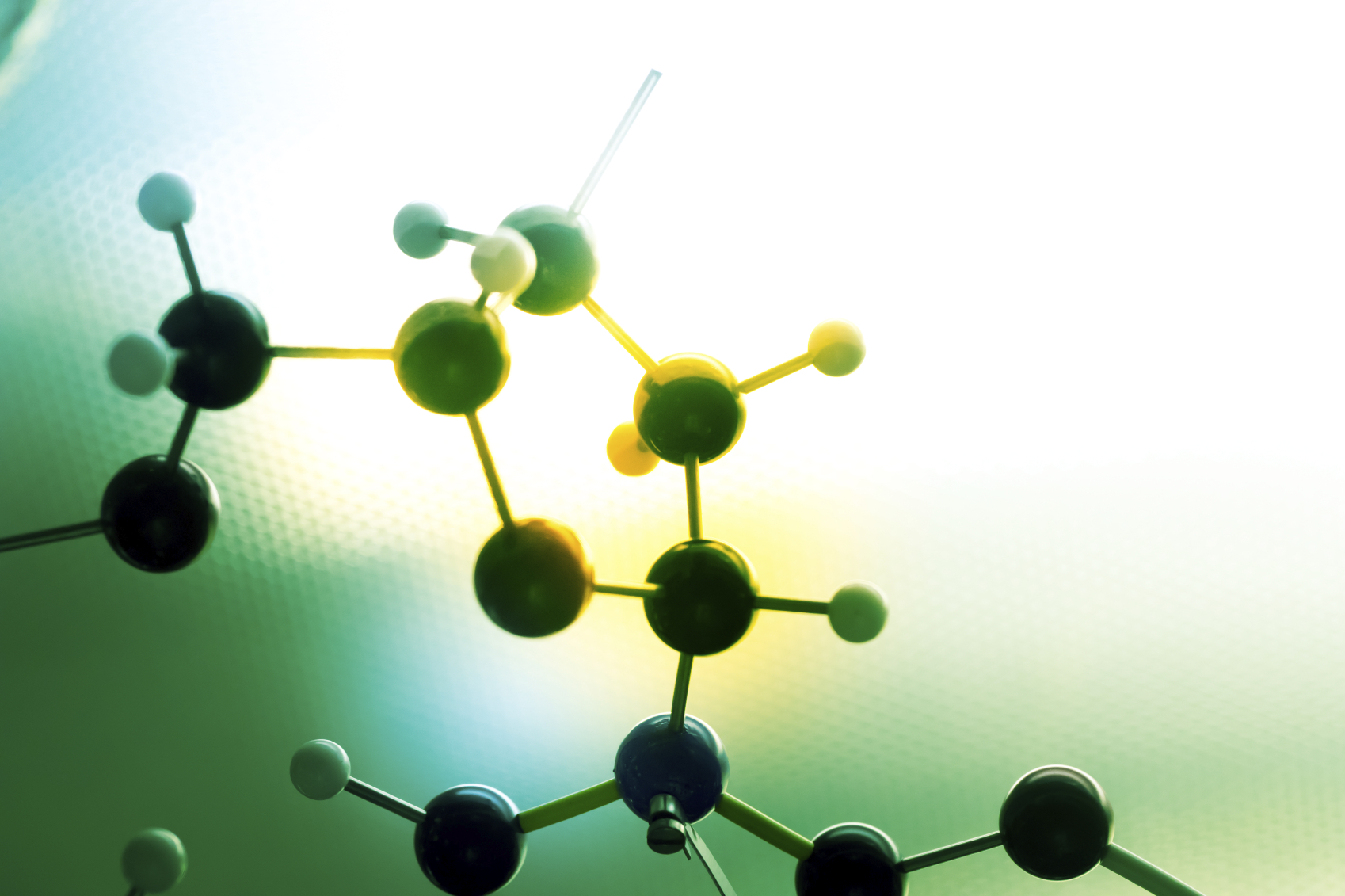'Exercise-in-a-pill' shows early promise

A new pill created by researchers replicates the benefits of exercise in mice, increasing fat burning and improving stamina by 70%.
Produced at the Salk Institute in California with funding from a number of organisations, including pharma company Ipsen, the pill activates what is called the PPARD pathway, specifically a molecule called GW1516.
The new project is part of a wave of research looking to unlock some of the science behind basic good health, and conversely, the process of ageing.
Through previous research, the team had identified the PPARD gene as a driver of improved physical fitness when they permanently activated the gene in mice.
Those mice with a permanently switched on version of PPARD could run for longer than control mice and were resistant to weight gain and highly responsive to insulin.
In the same study, the team identified GW1516 as an activator of PPARD, suggesting that its use as a drug could induce the same effects as a permanently activated PPARD gene.
The theory was proven correct in the most recent study where sedentary mice given doses of GW1516 over an eight week period could run for longer periods of time before exhaustion than control mice.
On average, the GW1516 group could run continuously for 270 minutes compared to 160 minutes in the control group.
A gene expression test in a major muscle from the test mice revealed the effects GW1516 was having. The expression of 975 genes had been altered in some way, with genes responsible for breaking down and burning fat being activated and genes related to breaking down carbohydrates for energy being suppressed.
"Exercise activates PPARD, but we're showing that you can do the same thing without mechanical training. It means you can improve endurance to the equivalent level as someone in training, without all of the physical effort," said Weiwei Fan, a Salk research associate and the paper's first author.
According to the researchers, pharmaceutical companies are showing interest in developing the molecule further in human trials, although which companies those include are unknown.
Their interest is unsurprising considering the potential the molecule could have if demonstrated to have the same activity in humans. For instance, a drug that can induce the same benefits of exercise in people with paralysis, type 2 diabetes or obesity could drastically reduce healthcare costs related to maintenance and later life, whilst its use before and after surgery could reduce complications and recovery times.
The work was funded by the US National Institutes of Health, the National Health and Medical Research Council of Australia, The Leona M. and Harry B. Helmsley Charitable Trust, the Samuel Waxman Cancer Research Foundation, Stand Up to Cancer and Ipsen.
There are plenty of other pharma companies pursuing similar projects. Novartis has FDA “breakthrough” status for its bimagrumab (BYM338), which can reverse the loss of muscle seen in rare diseases, but also potentially a similar process seen in normal ageing.
However the molecule failed a phase 2b/3 trial last year, putting its future in doubt. A potential competitor product is being developed by Scholar Rock, a Massachusetts-based biotech which has a drug with a similar myostatin blocker mechanism in development.











